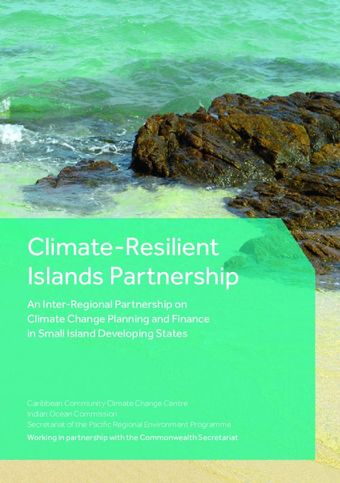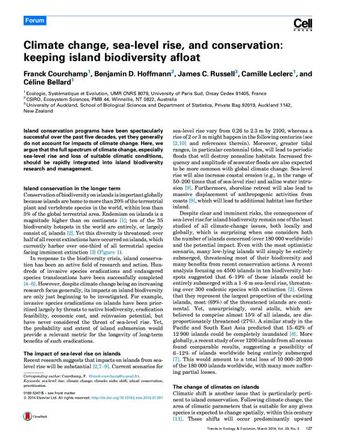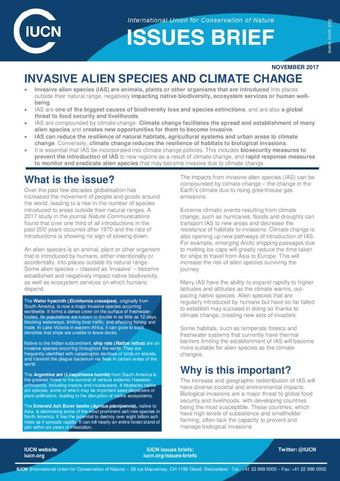Understanding Sea-Level Rise and Variability
- Description:
- Millions of people are crowded along the coastal fringes of continents, attracted by rich fertile land, transport connections, port access, coastal and deep-sea fishing, and recreational opportunities. In addition, significant populations live on oceanic islands with elevations of only a few meters. Many of the world's megacities, cities with populations of many millions, are situated at the coast, and new costal infrastructure developments worth billions of dollars are being undertaken in many countries. This coastal development has accelerated over the past 50 years, but it has taken place with an assumption that the stable sea levels of the past several millenia will continue; there has been little consideration of global sea-level rise. Global sea-level rise and its resultant impact on the coastal zone, one of the consequences of global climate change, has been identified as one of the major challenges facing humankind in the 21st century. Impacts on the environment, the economy, and societies in the coastal zone will likely be large.
- Display date:
- 2010
- Collections:
- Secretariat of the Pacific Regional Environment Programme (SPREP)
- Publisher:
- British Museum Publishing
- Content partner:
- Secretariat of the Pacific Regional Environment Programme (SPREP)
- Availability:
- Not specified
-
Copyright status: All rights reservedFind out more about what you are able to do with this itemThis item is all rights reserved, with means you'll have to get permission from Secretariat of the Pacific Regional Environment Programme (SPREP) before using it. For more information, please see our use and reuse page.What can I do with this item?Non-infringing useNZ copyright law does not prevent every use of a copyright work, and this item may be hosted by an international institute or organisation. You should consider what you can and cannot do with a copyright work.No sharingYou may not copy and/or share this item with others without further permission. This includes posting it on your blog, using it in a presentation, or any other public use.No modifyingYou are not allowed to adapt or remix this item into any other works.No commercial useYou may not use this item commercially.
Related items
Welcome and warm Pasifik greetings
The information on this site has been gathered from our content partners.
The names, terms, and labels that we present on the site may contain images or voices of deceased persons and may also reflect the bias, norms, and perspective of the period of time in which they were created. We accept that these may not be appropriate today.
If you have any concerns or questions about an item, please contact us.


